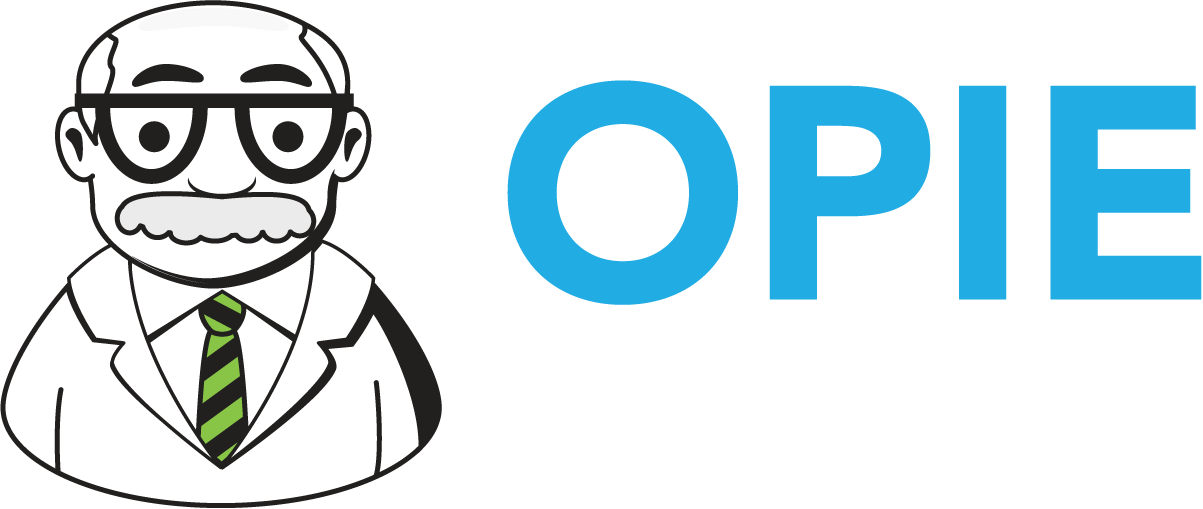Why It’s So Hard To Get Things Done
If you ever wonder why it can feel like there’s no time to accomplish anything at work, consider this: Many of us spend the equivalent of two workdays a week in meetings and on email. “People feel quite overwhelmed, a sense of feeling like they have two jobs, the job they were hired to do, but then they have this other job of communicating, coordinating and collaborating,” said Jared Spataro, who leads Microsoft’s modern-work team and who spearheaded the research. These statements are based on new data from Microsoft that examined the activity of millions of workers who use the company’s business applications and was part of their annual study of workplace productivity trends.
Researchers found that the 25% of most active users of its apps—in other words, people who use Microsoft’s business software for much of their online work activity—spent an average of 8.8 hours a week reading and writing emails and 7.5 hours logging meetings. Those figures don’t include time spent instant messaging, on the phone or in other, impromptu conversations with co-workers. In all, the average employee spent 57% of their time using office software for communication—in meetings, email, and chat. In a 2022 Harris Poll survey of more than 1,200 workers and executives, bosses estimated that their teams lost an average of 7.47 hours a week—nearly an entire day—to poor communications. Based on an average salary of $66,967, the lost time translates to a cost of $12,506 for an employee annually!
So, if we can cut the time we spend on these activities in half, you could save about $6,250 per employee per year in productivity alone. Not to mention the extra revenue they might generate doing things that move your company forward. Last week, I talked about the need for clear communication and some lessons from our Bootcamp. Now, let’s apply that to our meetings and daily planning.
The analysis says that the number one productivity disruptor is inefficient meetings. They are often scheduled without clarity on what they are supposed to achieve. At OPIE, we made a rule that if you want to schedule a meeting, there needs to be a clearly stated objective, and a desired outcome. We are still working on some “Fear of Missing Out Issues” but we are getting better about limiting participation to those impacted by or with specific knowledge of the topics at hand. Interestingly, the study says that the top motivation for people to attend a meeting is “I will receive information that will help me do my job better.” In an ideal world, that motivation would be “So I can make a decision, a contribution, or give feedback.” If we were better communicators (See last week’s blog), and structured our meetings better, what could you do with an extra $6,250 per employee per year?

